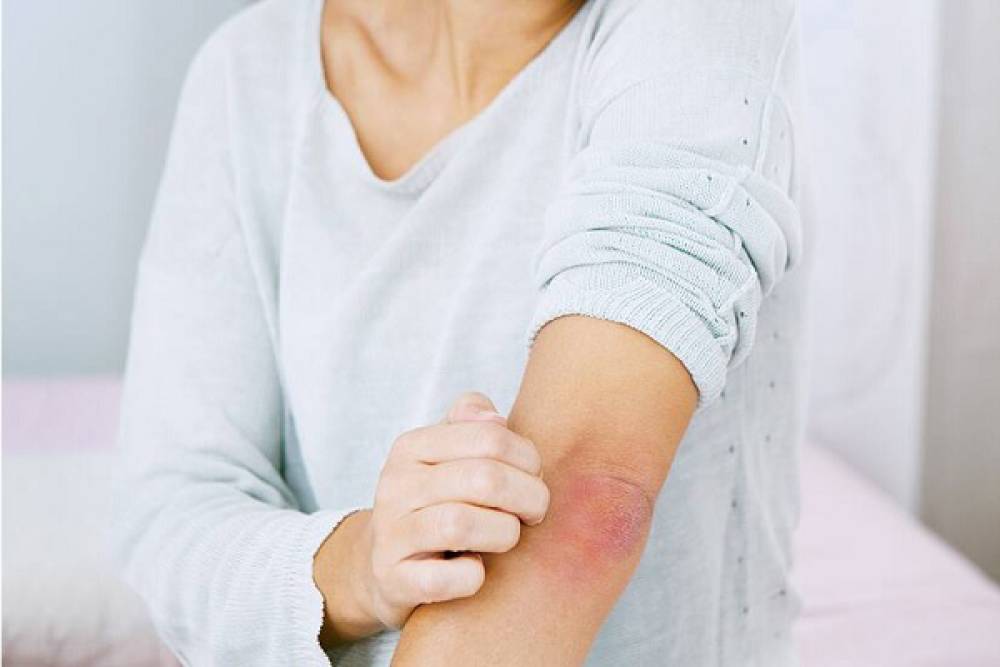
There are too many skin diseases to count. Skin diseases are commonly called dermatosis.
In order to get a general idea about skin diseases, it is possible to roughly divide them into several parts.
1. Skin diseases caused by physical causes: Wounds caused by piercing, cutting, crushing objects, burns, cracks due to cold, and wounds caused by irritation of chemical substances can be counted in this group.
2. Skin diseases caused by parasites: Scabies, lice and various fungal diseases are at the head of this group of diseases. In addition, skin diseases caused by the bites of insects such as fleas, woodlice, and ticks can be counted among them.
3. Skin diseases caused by microorganisms: These organisms usually cause skin inflammation. Microorganisms can easily settle on any damage to the skin. Wounds, burns, scabies, insect bites, eczema and colds are easily inflamed. Skin inflammations are called dermatitis. Leprosy, skin tuberculosis and frengide, which are diseases caused by microorganisms, have a mechanism other than the above-mentioned inflammation. Therefore, it is called a group of specific inflammations or specific infections.
4. Allergic skin diseases: These are the most common skin diseases. Allergic skin diseases include serum sickness, Quincke's tumor, urticaria, eczema, contact dermatitis. It is quite difficult to find the cause of allergic skin diseases. For this purpose, the patient and his surroundings are examined very well. Various skin tests are performed. If necessary, the patient is removed from the environment for a while. Trying to determine the factor causing the allergy. These factors; It can be pollen, various nutrients, house dust, some medicines, intestinal parasites. In allergic diseases, the role of heredity, body structure and nervous state, i.e. psychological reasons, is also great.
Apart from these diseases of the skin; skin manifestations of various internal diseases are also found. For example, in diabetes, various symptoms are seen on the skin (hives, blood boils, gangrene, etc.). It is also found in malignant and benign skin cancers. Skin cancers are the least malignant of all cancers. Complete treatments are also possible. The branch of science that investigates, diagnoses and treats skin diseases is called dermatology, and the doctor who has acquired this profession is called a dermotologist.
Depending on the type of skin diseases, different types of disease marks are seen on the skin. Among these; itchy marks, papilla (small skin bump), fistula (purulent bubble), boil, ulcer, tubercle (sharp skin bump), erythema (redness), hyperpigmentation (reddening of the skin), hypopigmentation (discoloration of the skin), desquamation (shedding of the skin) ), can be considered dandruff. In a skin disease, one or more of these traces can be present. Diagnosing skin diseases is easy. If necessary for a definitive diagnosis, a sample is taken from the patient and subjected to pathological examination. Treatments are not always easy, they change depending on the gender of the disease. Treatment is often symptomatic (aimed at conveying the patient's complaints).
contact dermatitis
(Contact dermatitis)
symptoms:
* Skin redness and itching
* In severe cases, blisters and discharge from the ulcer
* Tumors limited to the area in contact with the allergen
diagnosis:
After 48 hours of applying various substances to the skin, under the adhesive tape, they conduct a skin test. This is called patch testing. In contact dermatitis, only the skin areas in contact with the allergic substance react. Allergy can also develop against a substance that has been used for years and did not cause any problems before. Soap, acetone, cleaning agents, metals, plants, rubber, paints, cosmetics, chemicals can be allergens.

